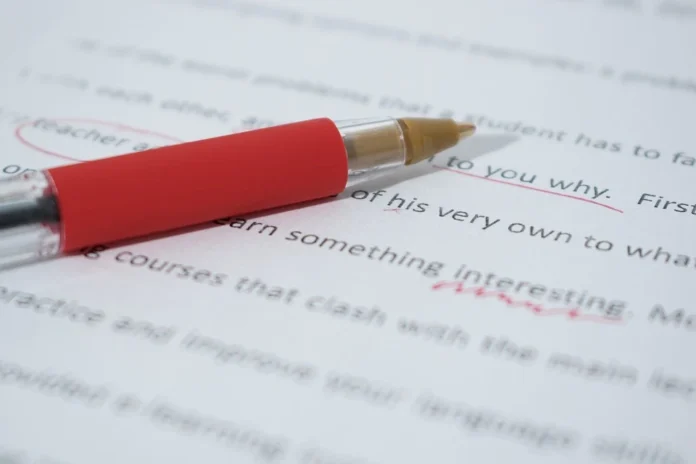Verb tenses are a fundamental aspect of English grammar that indicate the timing of an action or state of being. They help convey when an event occurs—whether in the past, present, or future—allowing for clarity and coherence in communication. English has three primary tenses: present, past, and future, each can be further divided into simple, continuous (or progressive), perfect, and perfect continuous forms. Mastering verb tenses is essential for accurately expressing actions, narrating events, and discussing experiences, making them crucial for both written and spoken language proficiency.
Definition of Verb Tenses
Verb tenses are grammatical structures used to indicate the timing of an action or state of being within a sentence. They reflect when an event occurs—past, present, or future—and convey nuances about the nature of that action, such as whether it is completed, ongoing, or habitual. In English, verb tenses are crucial for clarity and coherence in communication. They help listeners and readers understand the sequence of events, the duration, and the relationship between different actions. Speakers can effectively express their thoughts and intentions using the correct tense, which is vital for accurate understanding and interaction.
Importance of Verb Tenses in Communication
Verb tenses play a pivotal role in communication by helping convey the time and nature of actions. For instance, when someone says, “I ate lunch,” the past tense indicates that the action is completed, while “I am eating lunch” suggests that the action is happening in the present. Similarly, “I will eat lunch” signals a future action. This ability to specify time frames allows speakers to narrate events, discuss routines, and express plans, making interactions more precise. Additionally, tenses can affect the mood of a sentence; for example, using the perfect tense can indicate completion, while the continuous tense emphasizes ongoing actions. Thus, mastering verb tenses enhances both spoken and written communication, enabling more effective expression of ideas and emotions.
Overview of Different Verb Tenses
English has a total of 12 basic tenses, which can be categorized into three main time frames: past, present, and future. Each time frame includes four aspects: simple, continuous, perfect, and perfect continuous.
- Present Tense
- Simple: I eat.
- Continuous: I am eating.
- Perfect: I have eaten.
- Perfect Continuous: I have been eating.
- Past Tense
- Simple: I ate.
- Continuous: I was eating.
- Perfect: I had eaten.
- Perfect Continuous: I had been eating.
- Future Tense
- Simple: I will eat.
- Continuous: I will be eating.
- Perfect: I will have eaten.
- Perfect Continuous: I will have been eating.
Each of these tenses serves a specific purpose, allowing speakers to convey precise information about timing and action, thereby enriching the language and enhancing effective communication.
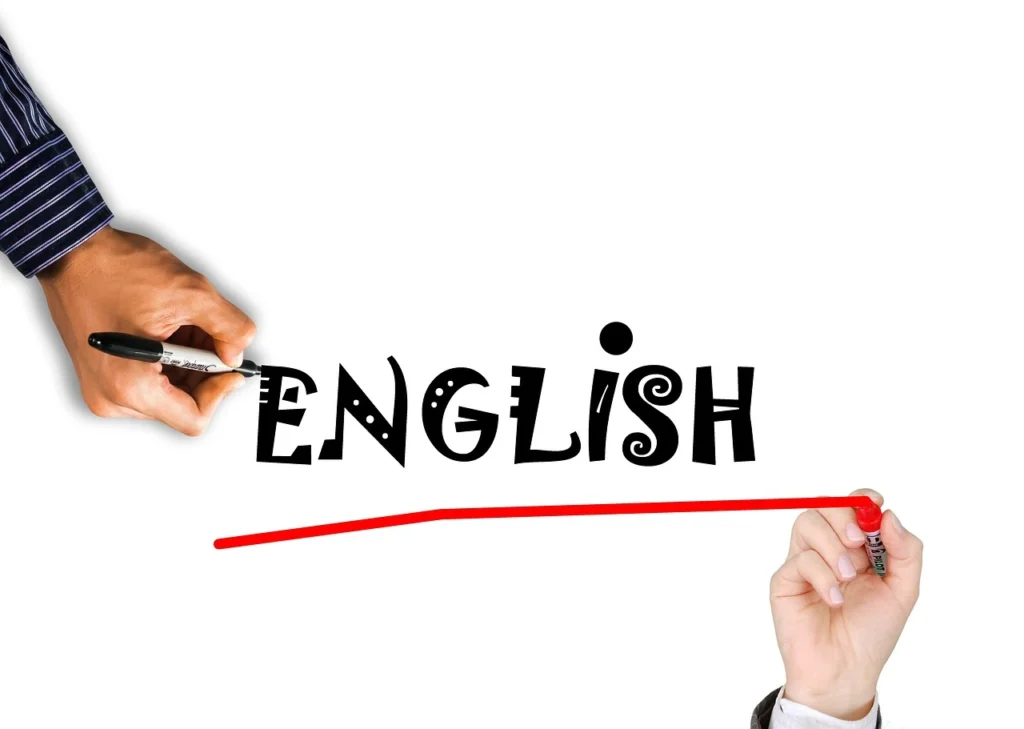
Present Tenses
Present Simple Tense
Definition:
The present simple tense is used to express general truths, habits, and routines. It communicates actions that are factual, consistent, or repeated over time, making it essential for conveying information that is always true or customary.
Structure:
The structure of the present simple tense is straightforward: Subject + Base verb. For example, “I walk,” “She plays,” or “They eat.”
Usage:
The present simple tense is employed in several contexts, including:
- Regular Actions: It describes actions that occur frequently or habitually.
- Example: “She works every day,” indicating a routine.
- Timeless Facts: It conveys truths that are universally accepted or remain constant over time.
- Example: “The sun rises in the east,” which is a fact.
- Scheduled Events: It can also refer to events that are scheduled in the near future, particularly in timetables or itineraries.
- Example: “The train departs at 6 PM,” which indicates a fixed schedule.
Common Mistakes:
A frequent error with the present simple tense is confusing it with continuous forms. For instance, saying “I am going to the gym every day” is incorrect; the correct form is “I go to the gym every day.” Additionally, learners may forget to add ‘s’ or ‘es’ for third-person singular subjects, as in “He walk” instead of “He walks.” This oversight can lead to confusion and miscommunication.
Present Continuous Tense (300 words)
Definition:
The present continuous tense is used to describe ongoing actions that are happening at the moment of speaking. It conveys a sense of immediacy and is often associated with temporary situations or actions that are in progress.
Structure:
The structure consists of the Subject + am/is/are + verb(-ing). For example, “I am eating,” “She is playing,” or “They are studying.”
Usage:
The present continuous tense is utilized in various contexts, including:
- Actions Happening Now: It describes actions that are occurring at the exact moment of speaking.
- Example: “I am studying,” indicating that the action is taking place right now.
- Temporary Actions: It conveys actions that are not permanent and are happening for a limited time.
- Example: “She is traveling to France next week,” suggesting that the travel is a temporary event.
- Future Plans: It can also refer to planned future events.
- Example: “We are meeting them tomorrow,” indicating a scheduled future action.
Common Mistakes:
A common error is incorrect auxiliary verb usage. For instance, using “I is reading” instead of “I am reading” can confuse the listener. Another mistake includes using the continuous form with stative verbs that do not typically occur in continuous forms, such as “I am knowing him” instead of “I know him.” These mistakes can lead to misunderstandings in conversation.
Present Perfect Tense
Definition:
The present perfect tense is used to express actions that have been completed at an unspecified time before now. It connects the past with the present and emphasizes the relevance of past actions to the current moment.
Structure:
The structure is Subject + has/have + past participle. For example, “They have finished,” “I have seen,” or “She has lived.”
Usage:
The present perfect tense serves multiple functions:
- Life Experiences: It describes experiences that have occurred at any point in life without specifying when.
- Example: “He has lived in New York,” indicating experience without a time frame.
- Recently Completed Actions: It indicates actions that have just been completed and have relevance in the present.
- Example: “They have finished the project,” highlighting that the project is now complete.
- Achievements: It is often used to highlight accomplishments.
- Example: “I have graduated from college,” showing a completed action with significance.
Common Mistakes:
A frequent error is using the present perfect tense when the past simple should be applied. For instance, saying “I have seen that movie last week” is incorrect; the proper form is “I saw that movie last week.” Additionally, learners might misuse “has” and “have,” forgetting to match them with the subject. For example, “He have finished” should be “He has finished.”
Present Perfect Continuous Tense
Definition:
The present perfect continuous tense describes actions that started in the past and are still continuing or have recently stopped, with a focus on the duration of the action.
Structure:
The structure is Subject + has/have been + verb(-ing). For example, “I have been reading,” “She has been working,” or “They have been studying.”
Usage:
The present perfect continuous tense is mainly used to emphasize the duration of an action:
- Ongoing Actions: It highlights actions that began in the past and continue into the present.
- Example: “I have been reading for two hours,” emphasizing the time spent reading.
- Recent Actions with Ongoing Effects: It can describe actions that have recently stopped but still have consequences.
- Example: “She has been working there since 2010,” indicating that the action started in the past and continues to have relevance.
Common Mistakes:
A common mistake is overlapping this tense with the present perfect tense. For instance, using “I have read for two hours” instead of “I have been reading for two hours” may obscure the ongoing nature of the action. This can lead to confusion about whether the action is completed or still in progress.
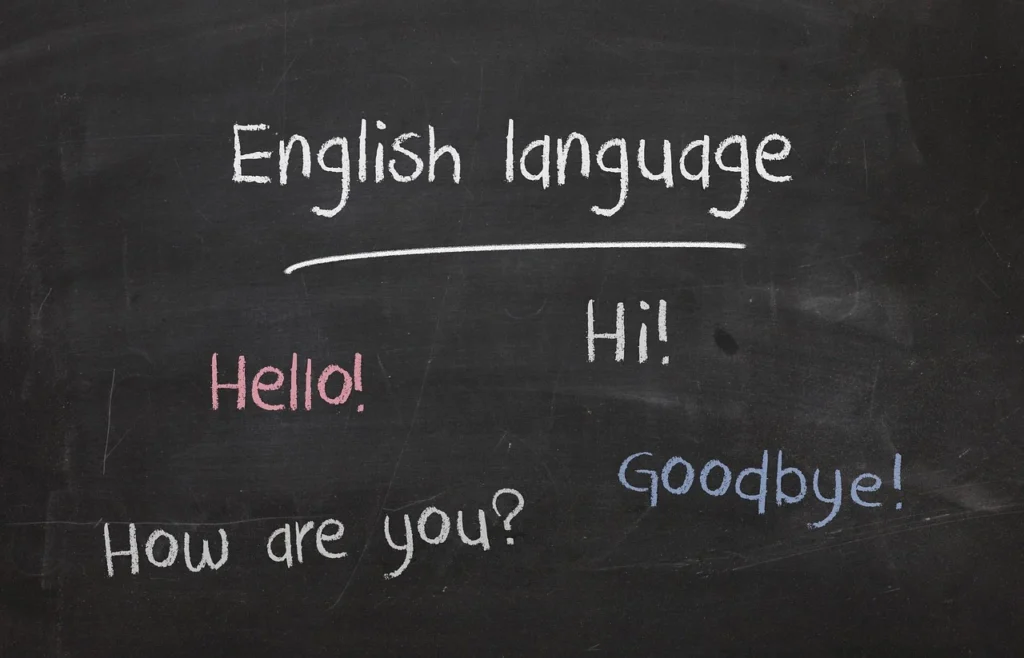
Past Tenses
Past Simple Tense
Definition:
The past simple tense is used to describe actions that occurred and were completed at a specific time in the past. This tense emphasizes the action’s completion and its occurrence at a definite moment.
Structure:
The structure for forming the past simple tense is Subject + verb (past form). Regular verbs typically take an “-ed” ending (e.g., “walked,” “played”), while irregular verbs have unique forms (e.g., “went,” “saw”).
Usage:
The past simple tense is utilized in various contexts, including:
- Completed Past Actions: It indicates actions that have finished and are no longer ongoing.
- Example: “He visited Paris last year,” signaling that the visit is complete and refers to a specific time in the past.
- Past Habits: It expresses habits or routines that were common in the past but do not occur in the present.
- Example: “She studied law,” indicating a past educational routine.
- Historical Events: It recounts events that have taken place historically or in a narrative context.
- Example: “The Declaration of Independence was signed in 1776,” discussing a past event.
Common Mistakes:
A frequent mistake with the past simple tense is using it instead of the present perfect tense. For instance, saying “I saw that movie last week” is correct, while “I have seen that movie last week” is incorrect due to the specific time reference in the past. Learners might also forget to use the past form of irregular verbs, leading to confusion (e.g., “I go” instead of “I went”).
Past Continuous Tense
Definition:
The past continuous tense describes actions that were in progress at a specific time in the past. This tense highlights the ongoing nature of the action rather than its completion.
Structure:
The structure of the past continuous tense is Subject + was/were + verb(-ing). For example, “I was cooking,” “She was reading,” or “They were playing.”
Usage:
The past continuous tense is primarily used in several contexts:
- Background Actions: It sets the scene by describing actions happening in the background while something else occurs.
- Example: “I was cooking when the phone rang,” illustrating that cooking was in progress at the moment the phone rang.
- Interrupted Actions: It indicates actions that were interrupted by another action.
- Example: “They were watching TV all evening,” which establishes that the action was ongoing until interrupted by an event.
- Simultaneous Actions: It can describe two or more actions happening at the same time in the past.
- Example: “While she was studying, I was cooking dinner,” showing two concurrent activities.
Common Mistakes:
A common error is using the past continuous tense instead of the past simple tense. For instance, saying “I was going to the store yesterday” is incorrect; it should be “I went to the store yesterday.” Additionally, learners may struggle with correct auxiliary verb forms, saying “He was play” instead of “He was playing.” Such mistakes can lead to ambiguity in communication.
Past Perfect Tense
Definition:
The past perfect tense is used to describe actions that were completed before a certain point in the past. This tense emphasizes the relationship between two past actions.
Structure:
The structure for forming the past perfect tense is Subject + had + past participle. For example, “He had eaten,” “They had finished,” or “She had gone.”
Usage:
The past perfect tense is employed in various contexts:
- Sequence of Past Events: It clarifies the order of events by indicating which action happened first.
- Example: “He had left before the meeting started,” illustrating that leaving occurred before the meeting.
- Actions Completed Before Other Actions: It indicates actions that were completed prior to another action in the past.
- Example: “They had already eaten by the time I arrived,” emphasizing that their eating was complete before my arrival.
- Conditional Sentences: It can be used in hypothetical situations to discuss outcomes that did not happen.
- Example: “If she had studied harder, she would have passed the exam,” suggesting a missed opportunity in the past.
Common Mistakes:
A frequent error is confusing the past perfect tense with the past simple tense. For example, “I had seen that movie yesterday” should instead be “I saw that movie yesterday” since “yesterday” specifies a time in the past. Additionally, learners might forget to use the past participle form of verbs, saying “He had went” instead of “He had gone.” This can lead to misunderstandings about the timeline of events.
Past Perfect Continuous Tense
Definition:
The past perfect continuous tense describes actions that were ongoing in the past up until another point in the past. This tense emphasizes the duration of the action leading to the specified point.
Structure:
The structure is Subject + had been + verb(-ing). For example, “She had been working,” “They had been studying,” or “He had been waiting.”
Usage:
The past perfect continuous tense is primarily used to highlight the duration of past actions:
- Ongoing Actions Leading to Another Past Event: It emphasizes how long an action had been occurring before another past event.
- Example: “She had been working there for five years before she resigned,” illustrating the duration of her employment leading up to her resignation.
- Cause and Effect: It shows how one action impacts another in the past.
- Example: “He was tired because he had been running,” indicating that his tiredness was due to the previous activity of running.
Common Mistakes:
A common mistake is overlapping this tense with the past perfect tense. For instance, saying “I had been seen the movie” instead of “I had seen the movie” can create confusion regarding the action’s duration. Additionally, learners might struggle with verb forms, saying “They had been work” instead of “They had been working.” Such errors can obscure the intended meaning.
Future Tenses
Future Simple Tense
Definition:
The future simple tense is used to express actions that will happen at a specific time in the future. This tense emphasizes the action’s occurrence, often relying on the speaker’s intention or belief.
Structure:
The structure for forming the future simple tense is Subject + will + base verb. For example, “I will go,” “She will eat,” or “They will call.”
Usage:
The future simple tense is utilized in several contexts:
- Predictions: It is often used for making predictions about future events based on personal beliefs or evidence.
- Example: “They will win the game,” suggesting a belief about the outcome.
- Spontaneous Decisions: It indicates decisions made at the moment of speaking, often in response to an immediate situation.
- Example: “I will call you tomorrow,” showing an intention to make a call that was just decided.
- Promises: It expresses promises or commitments regarding future actions.
- Example: “I will help you with your project,” indicating a willingness to assist.
Common Mistakes:
A common mistake is confusing the future simple tense with the “going to” future tense. For example, “I will go to the store” can be confused with “I am going to go to the store,” where “going to” often implies a planned action. Additionally, learners might incorrectly form the verb (e.g., “I will goes” instead of “I will go”).
Future Continuous Tense
Definition:
The future continuous tense describes actions that will be in progress at a particular moment in the future. This tense highlights the ongoing nature of the action during that time frame.
Structure:
The structure for forming the future continuous tense is Subject + will be + verb(-ing). For example, “I will be studying,” “She will be traveling,” or “They will be working.”
Usage:
The future continuous tense is primarily used in various contexts:
- Future Plans: It indicates planned activities that will be ongoing at a specific time in the future.
- Example: “I will be working at 9 AM tomorrow,” suggesting an arrangement for a particular moment.
- Actions in Progress: It emphasizes actions that will be happening at a certain point in the future, often to set the scene for another event.
- Example: “They will be traveling next week,” indicating that traveling is an ongoing activity during that week.
- Polite Inquiries: It can be used to inquire about someone’s plans in a more polite manner.
- Example: “Will you be joining us for dinner?” suggesting an interest in their future actions.
Common Mistakes:
A frequent mistake is using the future continuous tense for simple future actions. For example, saying “I will be go to the store” instead of “I will go to the store” is incorrect. Additionally, learners may confuse this tense with the present continuous when discussing future plans, leading to phrases like “I am traveling to Paris next week” instead of using the appropriate future tense.
Future Perfect Tense
Definition:
The future perfect tense is used to describe actions that will be completed before a certain point in the future. This tense emphasizes the completion of the action in relation to another future event.
Structure:
The structure for forming the future perfect tense is Subject + will have + past participle. For example, “I will have finished,” “She will have arrived,” or “They will have completed.”
Usage:
The future perfect tense is employed in various contexts:
- Actions Completed Before a Future Event: It indicates that one action will be completed before another action or time in the future.
- Example: “I will have finished the report by tomorrow,” emphasizing that the report will be done before the specified time.
- Predicting Completion: It can be used to predict the completion of an action based on current knowledge or experience.
- Example: “By the time you arrive, they will have left,” indicating that their departure is expected before the arrival.
- Setting Deadlines: It is useful for setting deadlines or goals regarding future tasks.
- Example: “We will have submitted the application by next Friday,” specifying a completion date.
Common Mistakes:
A common mistake is overlapping the future perfect tense with the future simple tense. For instance, saying “I will finish the report tomorrow” is different from “I will have finished the report by tomorrow,” which specifies that the completion will occur before that time. Learners may also forget to use the past participle form of the verb, saying “I will have finish” instead of “I will have finished.”
Future Perfect Continuous Tense
Definition:
The future perfect continuous tense describes actions that will have been happening up to a specific future point. This tense emphasizes the duration of the action leading to that future moment.
Structure:
The structure for forming the future perfect continuous tense is Subject + will have been + verb(-ing). For example, “I will have been studying,” “They will have been working,” or “She will have been traveling.”
Usage:
The future perfect continuous tense is primarily used to highlight the duration of actions leading up to a future event:
- Duration Leading to a Future Point: It emphasizes how long an action will have been occurring before another future event.
- Example: “By next month, I will have been working here for a year,” illustrating the length of employment before that date.
- Cause and Effect: It can express how the duration of an action influences a future situation.
- Example: “They will be tired because they will have been traveling all day,” linking the duration of traveling to the resulting tiredness.
Common Mistakes:
A common error is misusing the future perfect continuous tense when talking about single future actions. For instance, saying “I will have been go to the store” is incorrect; the proper phrase would be “I will go to the store.” Learners may also confuse it with the future continuous tense, leading to errors in formulating their sentences.
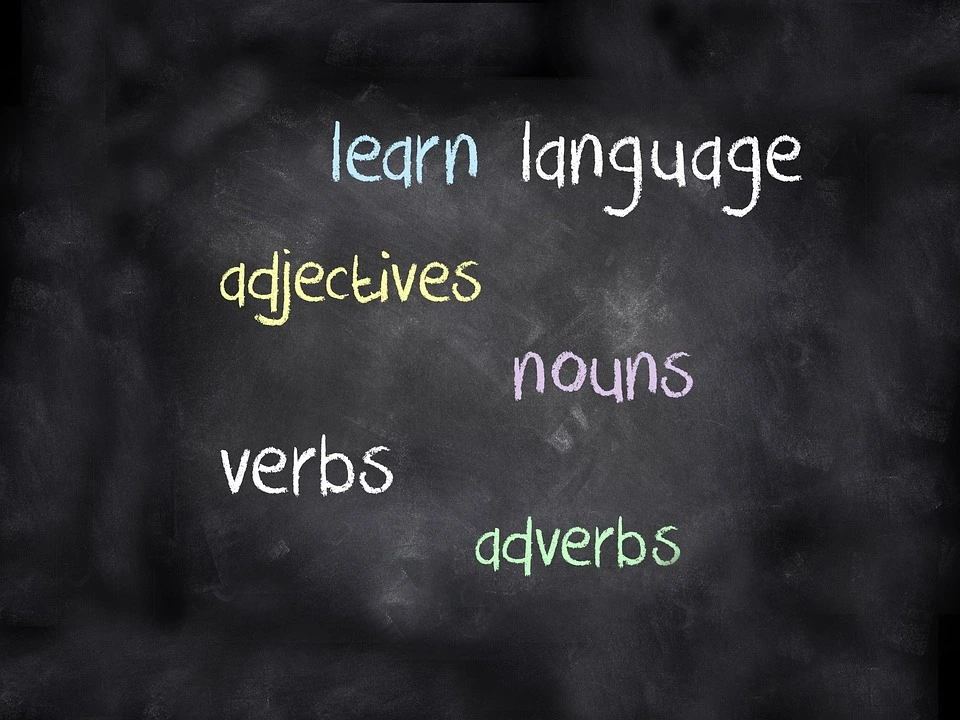
Conditional Tenses
Conditional tenses are essential in English for expressing hypothetical situations and their consequences. The main conditional tenses include the zero, first, second, third, and mixed conditionals. Each serves a specific purpose in communication, allowing speakers to discuss real possibilities, imaginary scenarios, and past regrets.
1. Zero Conditional
Definition:
The zero conditional is used for general truths or facts that are always true if a condition is met. It is often employed in scientific or universally accepted statements.
Structure:
The structure is If + present simple, present simple.
- Example: “If you heat water to 100 degrees Celsius, it boils.”
Usage:
This conditional expresses scientific facts, general truths, and habitual actions. It indicates that whenever the condition occurs, the result is always the same.
Common Mistakes:
A common mistake is using a future tense in the condition clause, such as “If it will rain, we stay indoors,” which should be “If it rains, we stay indoors.”
2. First Conditional
Definition:
The first conditional is used for real and possible future situations. It describes events that are likely to happen if a specific condition is met.
Structure:
The structure is If + present simple, will + base verb.
- Example: “If it rains tomorrow, I will take an umbrella.”
Usage:
This conditional expresses real possibilities in the future, making it ideal for warnings, offers, and predictions based on current situations.
Common Mistakes:
A frequent mistake is using the future tense in the condition clause, such as “If it will rain, I will take an umbrella,” which should be “If it rains, I will take an umbrella.”
3. Second Conditional
Definition:
The second conditional describes hypothetical or unlikely situations in the present or future. It is often used to express dreams, wishes, or situations contrary to fact.
Structure:
The structure is If + past simple, would + base verb.
- Example: “If I won the lottery, I would travel the world.”
Usage:
This conditional is used for unlikely or imaginary situations and to express advice. It conveys a sense of wishful thinking or unreal possibilities.
- Example: “If she were president, she would implement new policies.” (Here, “were” is often used instead of “was” for all subjects in this context, especially in formal writing.)
Common Mistakes:
A common mistake is using the present tense in the condition clause, like “If I win the lottery, I would travel,” which is incorrect in the context of the second conditional.
Another frequent error is using “will” instead of “would,” as in “If I won the lottery, I will travel,” which should be “I would travel.”
4. Third Conditional
Definition:
The third conditional is used to express hypothetical situations that did not happen in the past. It reflects on past actions and their imagined consequences.
Structure:
The structure is If + past perfect, would have + past participle.
- Example: “If I had known about the party, I would have gone.”
Usage:
This conditional is used for regrets and reflections on past events that could have changed the outcome. It often emphasizes the impossibility of the situation because it refers to a time that has already passed.
- Example: “If they had studied harder, they would have passed the exam.”
Common Mistakes:
A common mistake is confusing the third conditional with the second conditional. For example, saying “If I would have known” is incorrect; it should be “If I had known.”
Additionally, learners often drop the “have” in the result clause, resulting in sentences like “If I had known, I would gone,” which should be “I would have gone.”
5. Mixed Conditional
Definition:
Mixed conditionals combine elements from the second and third conditionals. They are used to express situations where the time in the ‘if’ clause is different from the time in the main clause, often linking a past condition with a present result or vice versa.
Structure:
The structure varies, commonly as If + past perfect, would + base verb for past conditions affecting the present, or If + past simple, would have + past participle for present conditions affecting the past.
- Example: “If I had studied harder (past), I would be in a better job now (present).”
- Example: “If she were more organized (present), she would have finished the project on time (past).”
Usage:
Mixed conditionals highlight the impact of past choices on current situations or hypothetical present circumstances affecting past outcomes.
Common Mistakes:
A common mistake is mixing up the tenses in the clauses. For example, saying “If I had a car, I would have driven to the party” incorrectly uses a past perfect in the condition clause, while the hypothetical is present. The correct structure should be “If I had had a car (past perfect), I would have driven to the party (would have + past participle).”
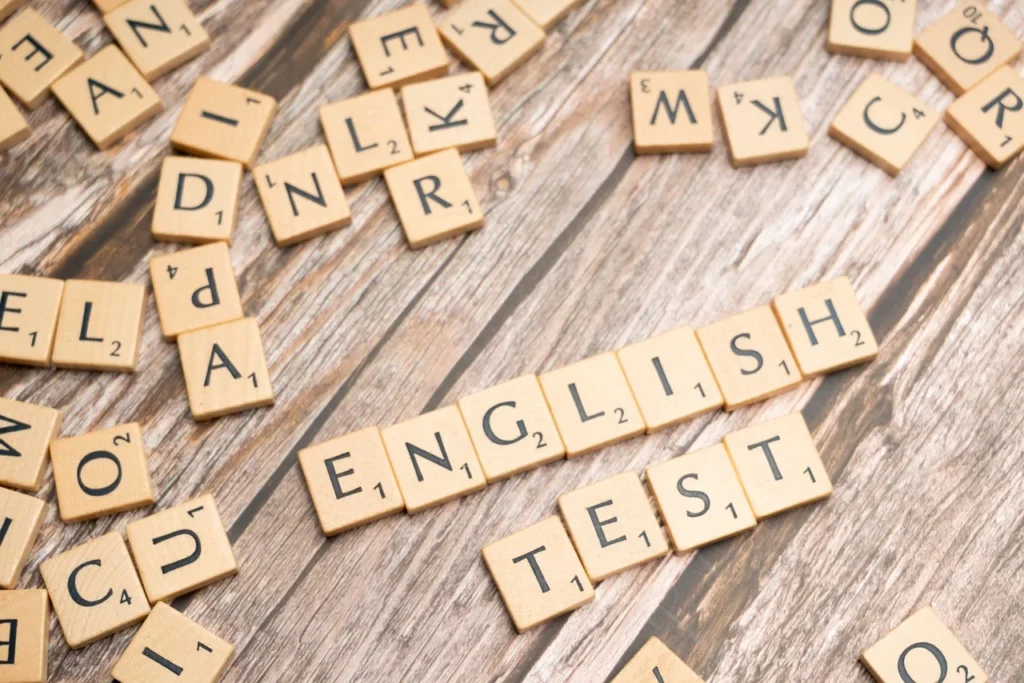
Conclusion
Mastering English tenses is crucial for effective communication, as they clarify the timing and nature of actions. Present tenses convey ongoing situations and habitual behaviors, while past tenses reflect completed actions and their impact on the present. Future tenses express intentions and predictions. Conditional tenses enable speakers to explore hypothetical situations and their consequences. By understanding and correctly using these tenses, learners can enhance their language skills, enabling them to express thoughts more precisely and engage in meaningful conversations across various contexts. Consistent practice will solidify these concepts and improve overall fluency.
Verb Tenses Worksheet
Name: _______________________
Date: ________________________
Instructions: Complete the exercises below by filling in the blanks with the correct form of the verb in parentheses or by selecting the correct tense.
Part 1: Fill in the Blanks
- Present Simple Tense:
a) She __________ (go) to the gym every day.
b) The sun __________ (rise) in the east. - Present Continuous Tense:
a) They __________ (play) football right now.
b) I __________ (study) for my exams this week. - Present Perfect Tense:
a) He __________ (visit) Paris three times.
b) We __________ (finish) our homework. - Past Simple Tense:
a) I __________ (see) that movie last weekend.
b) They __________ (travel) to Italy last summer. - Past Continuous Tense:
a) She __________ (read) a book when I called her.
b) We __________ (watch) TV all night. - Future Simple Tense:
a) I __________ (call) you tomorrow.
b) They __________ (complete) the project by Friday. - Future Continuous Tense:
a) At this time tomorrow, I __________ (take) a test.
b) They __________ (travel) to Spain next week.
Part 2: Choose the Correct Tense
Choose the correct tense from the options provided.
- By the time you arrive, I (will have finished/will finish) my work.
- She (has lived/lives) in London for five years.
- While I (was walking/walked) home, I saw an old friend.
- They (will be playing/will play) soccer at 3 PM tomorrow.
- I (have been studying/studied) English for two years.
Part 3: Rewrite the Sentences
Rewrite the following sentences in the specified tense.
- Present Simple to Present Continuous:
- She plays the piano.
- ____________________________________________________.
- Past Simple to Present Perfect:
- They visited the museum.
- ____________________________________________________.
- Future Simple to Future Perfect:
- I will finish the report.
- ____________________________________________________.
- Present Perfect to Past Perfect:
- He has completed the assignment.
- ____________________________________________________.
Part 4: Create Your Own Sentences
Write one sentence for each tense.
- Present Simple: ____________________________________________________.
- Present Continuous: ____________________________________________________.
- Present Perfect: ____________________________________________________.
- Past Simple: ____________________________________________________.
- Past Continuous: ____________________________________________________.
- Future Simple: ____________________________________________________.
- Future Continuous: ____________________________________________________.
You can also try one of our Official Application ENGLISHBHASHI available in Play Store with which you can refine your English Skills we assure you that you will be able to speak English much better in just 30 Days.
Share this post with your friends and family who are eager to enhance their English skills. Let’s inspire and empower each other on this incredible language-learning path. Together, we can achieve greatness! So, what are you waiting for? Visit EnglishBhashi today and embark on an exciting adventure of language learning.
FAQs
What is a tense in English grammar?
A tense indicates the time of an action or state, whether it’s in the past, present, or future.
What are the main types of tenses in English?
There are three main types of tenses: Present, Past, and Future. Each has four aspects: simple, continuous, perfect, and perfect continuous.
How do you use the present simple tense?
The present simple tense is used for habitual actions, general truths, or facts. Example: "She reads every day."
What’s the difference between past simple and past continuous?
Past simple describes actions completed in the past, e.g., "I visited yesterday." Past continuous describes actions that were ongoing in the past, e.g., "I was reading when you called."
How do you form the future tense?
The future tense is often formed using "will" or "going to" plus the base verb. Example: "I will study tomorrow" or "I will visit next week."

